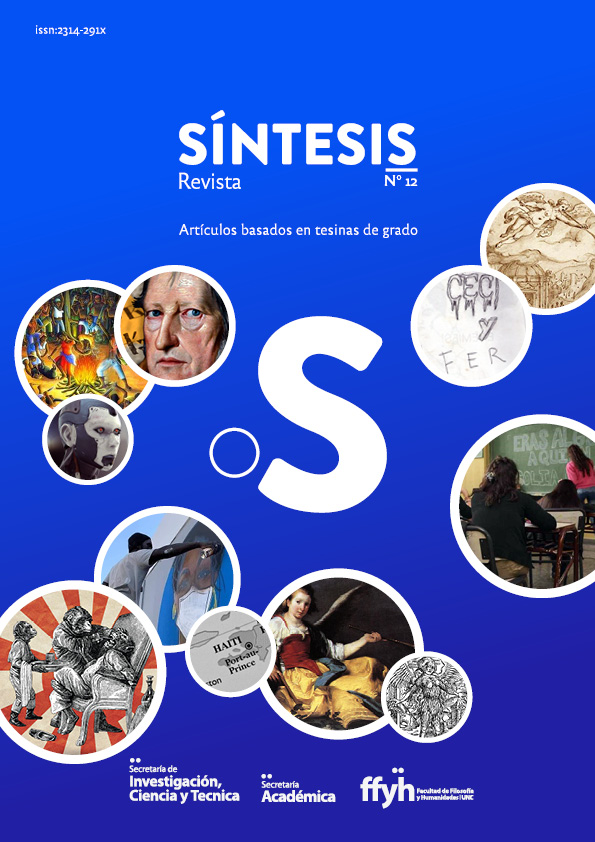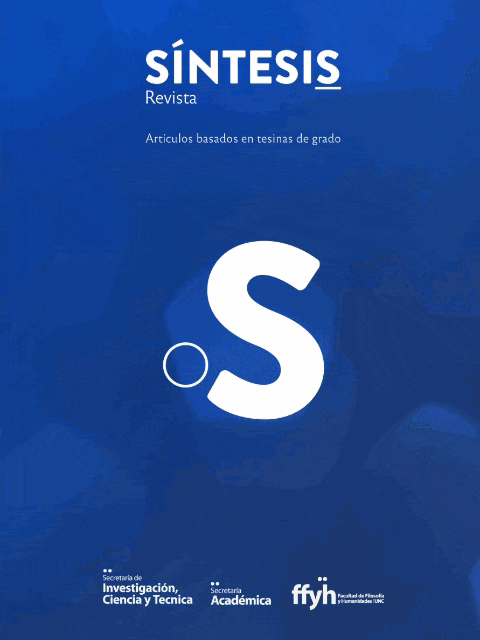Español
Keywords:
EspañolAbstract
The most famous winged monster in Aeneid's book IV is a prosopopoeia for rumor, i.e. human speech in circulation, of unknown origin and uncontrollable diffusion. The personification of this phenomenon is crucial in the context of the epic genre. This literary genre claims the administration of the character's reputation as one of its primary functions. The characters act according to Fame (i.e. their reputation, both immediate and subsequent), which appears not only mentioned and described but also active within the story. But the episode can also be read as a metaliterary device. The inclusion of this creature made of words converts the role of the narrative machinery deployed by the author in the story's central theme. This is to such an extent that numerous in connection to the organization of the discourse are exposed as a means to exercise control, impose a particular view of reality, and establish the scales of values.
Downloads
References
Conte, G. B. (2019), Aeneis (ed. altera), Berlin.
Dyer, R. R. (1989). Vergil’s Fama: A New Interpretation of Aeneid 4.173ff. Greece and Rome, 36(1), 28–32.
Horsfall, N. (2006). Virgil, Aeneid 3: A Commentary. Leiden: Brill.
Clément-Tarantino, S. (2007). Fama ou la renommee du genre. L’information littéraire, 59, 42-8.
De Jong, I. (2009). Metalepsis in Ancient Greek Literature. En J. Grethlein y A. Rengakos (eds.), Narratology and Interpretation: The Content of Narrative Form in Ancient Literature, (pp. 87-115). Berlin.
Fludernik, M. (2003). Scene Shift, Metalepsis, and the Metaleptic Mode. Style, 37(4), 383-400.
Gennette, G. (2004). Metalepsis. De la figura a la ficción, México: Fondo de Cultura Económica.
Hardie, Ph. (1986). Virgil’s Aeneid: Cosmos and Imperium. Oxford: Clarendon Press.
Hardie, Ph. (1999). Metamorphosis, Metaphor, and Allegory in Latin Epic. En M. Bessinger, J. Tylus y S. Wofford (Eds.), Epic Traditions in the Contemporary World: The Poetics of Community, (pp. 89-107). Berkeley: University of California Press.
Hardie, Ph. (2012). Rumour and Renown: Representations of Fama in Western Literature. Cambridge: Cambridge University Press.
Laird, A. (1999), Powers of Expression, Expressions of Power: Speech Presentation and Latin Literature. Oxford.
Lowe, D. M. (2008). Personification Allegory in the ‘Aeneid’ and Ovid’s ‘Metamorphoses’. Mnemosyne 61, 414-35.
Downloads
Published
License
Copyright (c) 2022 Síntesis

This work is licensed under a Creative Commons Attribution-NonCommercial-NoDerivatives 4.0 International License.




